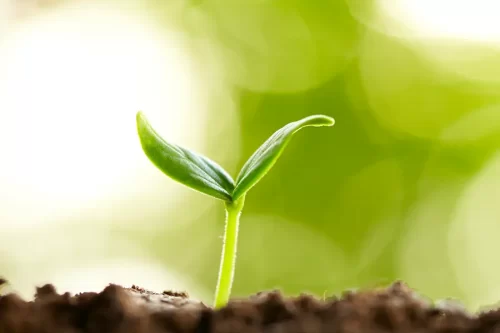Environmental safety is a key advantage of chlorine dioxide when comparing with alternative biocides such as chlorine.
Unlike chlorine, ClO2 will react to form mainly inorganic disinfection by products, the predominant species being chlorite.
Chlorite will subsequently reduce to form harmless chloride. The speed of this reaction depends upon a number of factors, however within saltwater conditions this can be as low as 5 minutes.
Poorly designed or tuned chlorine dioxide generation equipment can lead to the production of chlorate as a disinfection by product. Scotmas systems are extensively tested to minimise the production of chlorate, since this reduces the biocidal efficiency of the process.
Generally, it is the concentration of chlorite residuals that is the “monitored” DBP of chlorine dioxide. Modern generation systems such as those produced by Scotmas are able to monitor the downstream residual DBP and adjust the dose rate to ensure that environmental limits are not breached. In special cases, downstream reactions can be used to remove excess chlorite residual from the water stream.
It is important to note that the disinfection by products of chlorine dioxide are easily managed with the correct experience and advice, and do not present nearly the same scale of problem as found with other biocides with a higher oxidation potential. Unlike ozone (O3), chlorine dioxide does not oxidise bromide (Br-) ions into bromate ions (BrO3-) which have been identified as carcinogenic. Additionally, chlorine dioxide does not produce large amounts of aldehydes, ketones, or other disinfection by products that originate from the ozonisation of organic substances.
